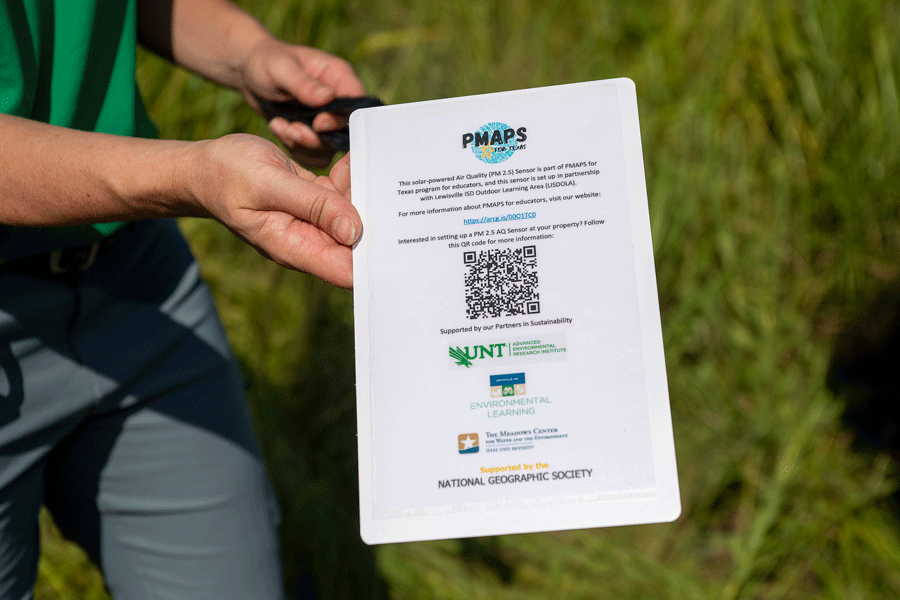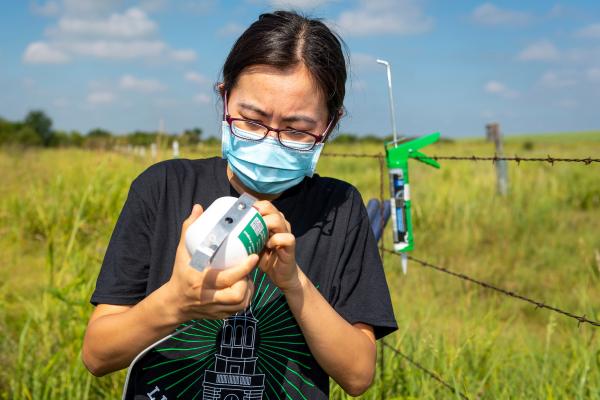
A UNT professor is hoping citizen scientists will be able to help test whether there is a correlation between heat and air pollution.
Lu Liang, an assistant professor in the Department of Geography and the Environment, is looking for volunteers to install small air quality sensors at their homes, businesses or schools to collect data on temperature and air quality. She recently received a $400,000 grant from the National Science Foundation to deploy a low-cost sensor network throughout Denton County to obtain granular measurements of heat and air pollution.
 “We are coupling these two urban phenomena together,” Liang says. “Right now, we don't
know whether the heat will impact the air pollution, or whether the air pollution
will make the temperature higher or lower. We are recruiting citizens to participate in the data collection with the sensors."
“We are coupling these two urban phenomena together,” Liang says. “Right now, we don't
know whether the heat will impact the air pollution, or whether the air pollution
will make the temperature higher or lower. We are recruiting citizens to participate in the data collection with the sensors."
The sensors will measure particulate matter with a diameter of 2.5 microns or less (PM2.5), tiny particles of pollution in the air that people can breathe in without realizing it. The data will then be available to researchers and citizens through an online map that shows air quality changes wherever the sensors are installed throughout the country. Temperature information will be gained through other sources.
“One small particle can severely impact our health,” Liang says. “They can also raise some environmental justice issues because some studies show underserved communities tend to have much higher exposure. Our project will provide an opportunity to increase access to air quality monitoring for communities without regulatory monitors.”
 Some of the sensors will also provide data for a project with the City of Lewisville to create a new park in support of the city’s initiative to ensure every resident
has a park within a 10-minute walk of where they live.
Some of the sensors will also provide data for a project with the City of Lewisville to create a new park in support of the city’s initiative to ensure every resident
has a park within a 10-minute walk of where they live.
“We know urban areas typically have hotter air than rural areas — we call it urban heat effect. Because of all the concrete and buildings and less vegetation, urban areas tend to have temperatures that are a few degrees higher than rural areas,” Liang says. “Heat definitely impacts our mobility and health. We are trying to understand exactly what's happening in our city and how to better, more accurately measure exposure to heat and pollution.”